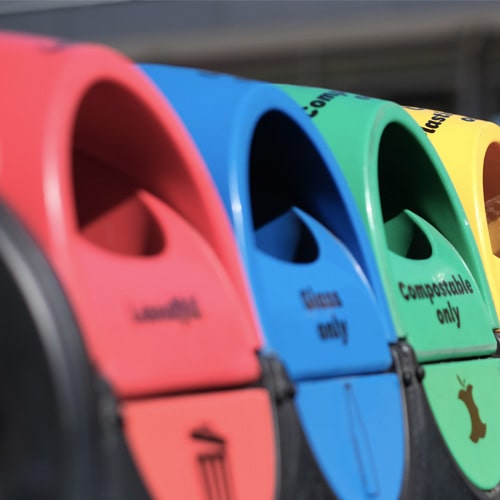Circular Economy – the time to Act is now!
By Darren Patterson
This is my second article of three, focusing on the circular economy in New Zealand. In my last article I challenged cities (and by association districts too) as to who would be the first in New Zealand to fully embrace the circular economy. This article focuses on how they can fund this.
Last week, I gave three examples of places that had recently made a significant commitment to jump-start their circular economies. The amounts of money they are committing is huge; in the millions of dollars. Those figures are an indicator of their commitment to this paradigm shift.
For most New Zealand cities or districts access to this kind of money is impossible, and that’s where the idea of a local circular economy can die. But it needn’t. What it does need is access to some funding and a council-wide strategic approach to the promotion of the circular economy.
Circular economy initiatives rarely happen organically; the linear system of extraction, production, distribution, consumption and disposal, is too entrenched and is the “easy” option. However, it’s not just because this is the easy option. It’s also because, for a waste producer to participate in a circular economy there needs to be the right services and systems in place, and in order for these to be in place, these systems and services need sufficient numbers of producers willing to use them. It’s a classic chicken or the egg situation.
This is where councils can play a pivotal role. To do this they need resources and funding, but where can that come from?
One option is for councils to increase rates, but most are loathed to increase these unless there’s significant demand from the ratepayers and that is unlikely at this stage. Whilst some may be in the position to have citizens who are pushing for this, most wouldn’t have heard of the circular economy.
So, if the use of rate paid funds is unpalatable is there another way?
A well acknowledged and adopted principle is one of polluter pays. The cost of pollution should be borne by those who cause that pollution. This is intended to provide a disincentive for the root cause, and funds to address that pollution.
The levy that’s collected under the Waste Minimisation Act 2008 (WMA) could be considered a polluter pays charge and councils receive half the money collected. However, for most councils this money is already accounted for or insufficient for what they need given their size.
Councils could of course apply to the Waste Minimisation Fund for specific projects and infrastructure but there are no assurances that they would receive the funding and if they do, it could be years from the time an idea is conceived to realisation.
But there is another option.
In the WMA (s46) councils can set fees to cover services or facilities they deliver through their Waste Management and Minimisation Plan (WMMP). These fees do not need to apply a strict cost recovery model and any additional money can be used for other waste minimisation activities outlined in their WMMP.
These WMMPs outline how councils will achieve “effective and efficient waste management and minimisation” within their district. They must consider the waste management hierarchy and be reviewed at least every 6 years.
This is one of the reasons councils need to act now, as many are currently or about to review their plans and if the setting of these fees isn’t in there then they can’t use this provision.
This idea isn’t new. Christchurch City Council used to have a waste minimisation fee on all waste sent to landfill. This funded many initiatives including kerbside recycling, hazardous waste disposal and contestable funding for waste minimisation projects. Unfortunately, this fee was challenged and the courts ruled it could not be used for these additional services as the Local Government Act did not allow for this. However, the WMA does, and I consider its time for councils to use this provision and take a lead. Some councils are, and have already used this ability and it’s good to see the Wellington councils working together to produce their regional WMMP, clearly identifying this provision of the Act and stating they may use it.
In my next article I’m going to outline some ideas of what councils can do within their communities to promote the circular economy.







